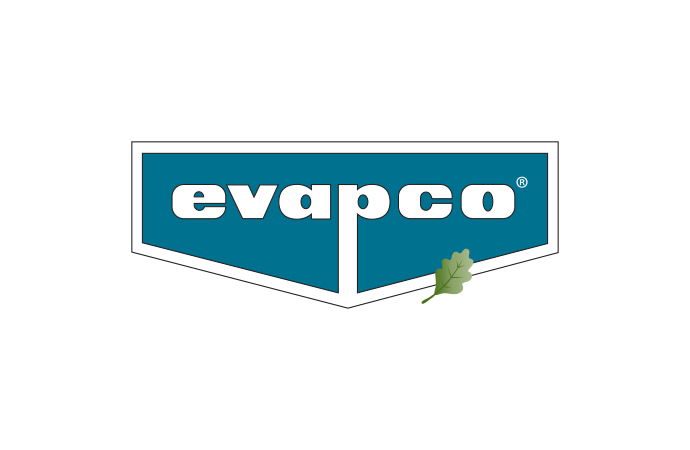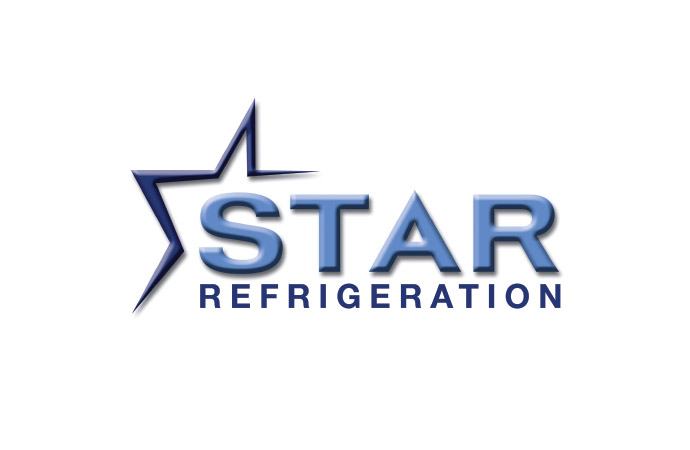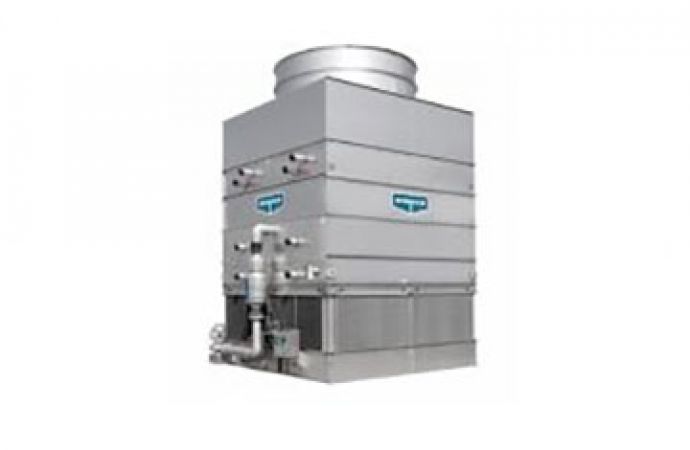There was near unanimity at the IIAR 2015 Conference & Exhibition, which took place in San Diego on 22 - 15 March, that “the times they are a-changin’,” as Bob Dylan sang in the 1960s. Those changes are focused particularly on reducing the ammonia charge in industrial refrigeration, both to improve safety and to avoid the strict regulatory requirements that go into effect for charges of ammonia exceeding 10,000 pounds (4,536 kg). +PHOTOS

Low-charge ammonia systems were the talk of the IIAR (International Institute of Ammonia Refrigeration) exhibit floor, including those that also include carbon dioxide as a secondary fluid.
Azane taking advantage of trends with low-charge units
San Francisco-based Azane, a division of Star Refrigeration, promoted the Azanefreezer, a low-charge air-cooled ammonia condensing unit for freezer warehouses, and the Azanechiller, a low-charge ammonia chiller. The total ammonia charge for the former ranges from 163 pounds (74kg) to 484 pounds (220 kg), while the ammonia charge for the latter runs from 98 pounds (44kg) to 250 pounds (113kg).
At an IIAR Conference & Exhibition workshop, Derek Hamilton, Azane’s business development manager, observed that many owner/operators want to get below the 10,000-pound (4,536kg) charge threshold for OSHA’s PSM (process safety management) program because “it’s a large burden in terms of paperwork and the associated risk of fines when inspections happen.” This applies to existing systems as well as new facilities.
He also pointed to local regulations that put even more emphasis on charge reduction, such as those that exist in California and New Jersey.
The phaseout of R22 is also pushing companies towards low-charge ammonia systems, rather than HFC systems that are beginning to be regulated themselves. "For facilities moving away from R22, low-charge ammonia, along with other natural refrigerant technology, is going to be the best option if they are looking to invest in technology that’s going to service them for the next 20 to 25 years,” said Hamilton. Moreover, he said, “the R22 phaseout is a massive opportunity for the ammonia refrigeration industry to enter new markets.”
EVAPCO releases first all-in-one system.
At the IIAR event, EVAPCO, Taneytown, Md., introduced the Evapcold Packaged Low-Charge Refrigeration System. It requires 2.5 to 3 pounds (1.1 - 1.3kg) of ammonia per ton of refrigeration, “a fraction of the refrigerant charge associated with traditional field-built systems,” the company said in a statement.
EVAPCO’s low-charge system comes in one- or two-piece rooftop modules, water-cooled or air-cooled condensing, 10 TR to 100 TR capacity and -20°F to 50°F (-29°C to 10°C) room temperature applications. It can be applied to retrofits, building expansions or new facilities.
The Evapcold system comprises all of the key elements of a refrigeration system – a first for EVAPCO - including the evaporator, condenser and compressor, along with piping, valves and controls, noted Kurt Liebendorfer, vice president, EVAPCO. For a typical 100,000-square-foot (9,290m2) refrigerated facility, an end user would employ 6-7 units, placed near the refrigerated areas. The evaporator is a pump liquid-feed system.
Liebendorfer noted that the fertilizer plant explosion in West, Texas in 2013 precipitated the Obama Administration’s executive order 13650, which has “ramped up” enforcement of safety rules at chemical facilities. The result has been an upsurge in violations and fines at cold storage facilities over the last few years, providing greater impetus to transition to low-charge systems, he said.
EVAPCO is seeing interest in the low-charge unit from large food retailers for their warehouses, said Liebendorfer.
Mayekawa readies NewTon for release in US
Mayekawa, which marked its 90th anniversary last year, promoted its NewTon 3000 hybrid cooling system, which employs low-charge ammonia (under 200 pounds or 91kg) in the mechanical room and delivers carbon dioxide as a secondary fluid to cool cold storage areas. It features a semi-hermetic compressor, which combines an IPM motor (running between 37 kW and 55 kW) and screw rotors to cut energy consumption by 20% compared with conventional systems, the company says.
The unit also contains an ammonia condenser and evaporator, and a CO2 receiver/condenser, which is hooked up to another company’s CO2 evaporator in the cold storage area. Its capacity ranges from 12.8 TR to 32.1 TR.
Mayekawa has successfully marketed the NewTon in its home market, Japan, over the past seven years, and is now bringing it to the U.S., said Mark Tomooka, Mayekawa’ director, applied technology development. A test facility, under construction in Nashville, Tennessee, is slated to open by the end of the summer. “We have worked hard to make elements [of the NewTon] more suited to the U.S. market,” he noted.
In addition to talking about the NewTon, Mayekawa demonstrated how it is moving toward its 100th anniversary in 2024 by embracing “the natural five” (ammonia, CO2, hydrocarbons, water and air) in its technology as a “contribution to society,” said Tomooka. "We are working with end users and contractors to find advanced solutions, not the same old solutions used for the last 90 years.”
In one example, Mayekawa developed a refrigeration system that uses neon gas rather than nitrogen to achieve temperatures as low as 70 degrees Kelvin; the system is being employed in Japan to reduce the resistance of high-temperature cables in the energy industry at twice the COP of nitrogen.
MORE INFORMATION
Related stories








